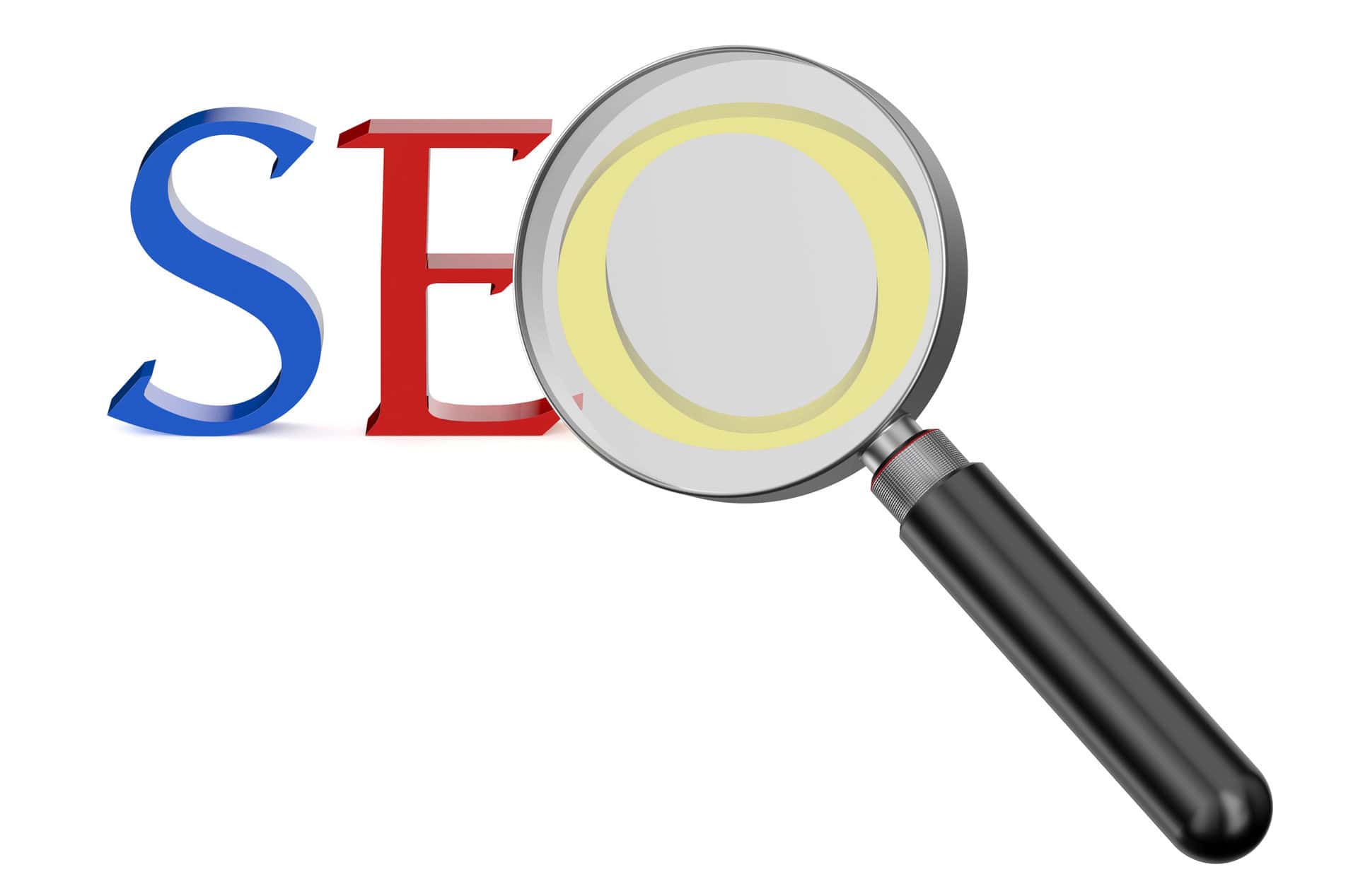
How Crawl Depth Can Impact SEO

Any time you use a search engine, a behind-the-scenes process of crawling, indexing and ranking determines which non-paid results you see. Understanding the basics of how this process works helps you take a more effective approach toward organic search engine optimization on your own website. Find out how to structure your site to increase crawl depth and make it possible for more of your pages to appear in results for relevant searches.
What Is Crawl Depth?

The depth of a crawl refers to the number of pages on your website that search engine bots explore and index. A high-depth crawl includes many pages, while a low-depth crawl only covers a few pages.
Googlebot and other search engine bots are most likely to crawl and index the homepage of a website, which has a depth of zero. Internal links on the homepage are a depth of one, while links that appear on these subpages have a depth of two, and so on.
A complex site structure with few internal links can lead to low crawling depth and infrequent re-indexing. Two of the best ways to increase website crawlability include having a clearly defined page hierarchy on your site and regularly submitting up-to-date sitemaps to search engines.
How Can Crawl Depth Impact SEO?
Crawlers determine which pages on your website get indexed. If a search engine bot does not crawl a page, that page is not indexed and so cannot rank in results. While a shallow crawl can be sufficient for simple websites that only consist of a few pages, larger sites should prioritize on-page optimization to increase depth.
Every website has a crawl budget, which refers to the number of pages that a bot can crawl in a set period of time. Bots will only spend a limited amount of time crawling each website. If your site has a lot of pages that are difficult to navigate or take too long to load, a bot might only crawl shallow pages, missing much of your content.
The best way to promote crawl efficiency and depth is to prioritize good site design. An organized site that has a structured hierarchy of pages, optimized internal links and an accurate sitemap can direct crawlers towards important pages. Boosting page speed, which is a ranking factor in its own right, can also maximize your crawl budget. The faster a bot can move through pages on your site, the deeper the crawl.
Get Results With an On-Page Organic SEO Strategy
The structure of your website can make or break search rankings. A whole-site SEO audit from BKA Content can identify ways to increase the number of pages that search engine bots crawl and index.
What Is a Good Crawl Depth?
A good depth for a crawl ranges from zero to two. At these levels, a crawler can index a homepage or page with links that serve as an entry point, the links on those pages and then linked subpages with a depth of two. Search engine bots are less likely to crawl pages at a depth of three or lower.
The ideal crawling depth depends on the type of website. A shallow crawl could be sufficient for an e-commerce site with a homepage that links to category or product pages. If the structure of your site is more complex, you might want to consider ways to promote deeper crawls.
It’s a good idea to raise the most important pages on your site to a relatively shallow level. You can do this by reorganizing your site and pointing more internal links towards pages that you most want bots to crawl.
What Is the Difference Between Crawl Depth and Click Depth?

Crawl and click depth are related concepts. Depth with regard to crawling refers to the extent of a site that search engine bots explore and index. At the same tine, human visitors can click on the same links that bots use to crawl a site for the purpose of navigation. To put it simply, the depth of a crawl describes bot activity, while click depth refers to user experience.
During a 2018 Google Webmaster Central Hangout, Search Advocate John Mueller explained that Google considers the ease of accessing content when ranking results. The homepage of a site, which has the most shallow click and crawl depth, is likely to rank highest. Pages that visitors can access from the home page with one click typically rank higher than pages that require multiple clicks to access.
According to Mueller, click depth is more important than URL structure for page rank. In other words, the number of slashes in a URL, which correspond to the organization of a site, do not matter as much as the number of clicks it takes to navigate to a page. You can use similar strategies to optimize crawl and click depth on your site.
What Are the Best Ways To Optimize Crawl Depth?
There are three basic tactics you can use to encourage bots to crawl more pages on your website.
1. Limit the Depth
The first is to organize your site to limit the depth of important pages. Pages that you want to show up in search results should have a depth of one or two at most.
2. Employ Internal Links
Effective use of internal links can improve depth. You should include links to important pages on the homepage of your site. Placing internal links strategically in on-page content and using link building services shares link equity or authority and increases the likelihood that a bot will crawl subpages.
3. Submit Your Sitemap
The third tactic involves submitting a sitemap in Google Search Console and Bing Webmaster Tools. A sitemap helps bots crawl your site more effectively. These free search engine resources can also identify crawl errors to help you optimize your site.
How Can an Organic SEO Strategy Improve Crawl Depth?
On-page SEO can improve the structure and performance of your website to make it possible for bots to go deeper and crawl more pages. BKA Content can also provide high-quality blogs to keep your site regularly updated, another vital factor for raising search positions. Get started now by building an organic SEO package that can improve crawl depth and increase the visibility of more pages on your website.
- Pool Builder Search Engine Optimization: 2024 Guide - May 29, 2024
- How Roofing Companies Can Improve SEO in 2024 - May 27, 2024
- The 6 Best Website Builders for SEO in 2024 - May 24, 2024

